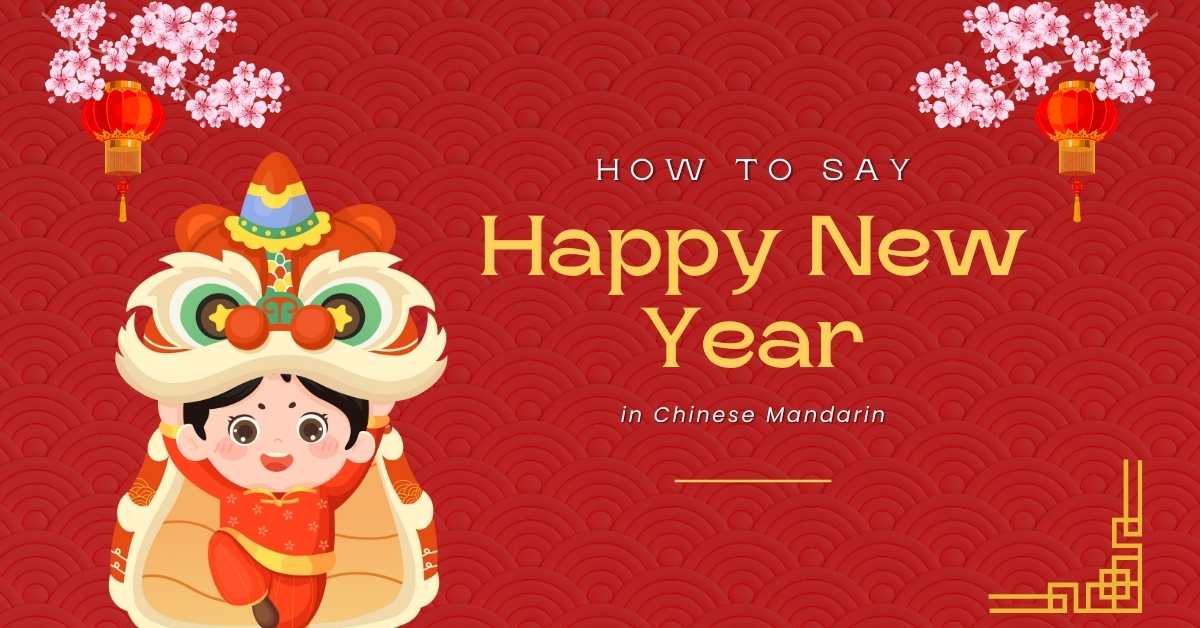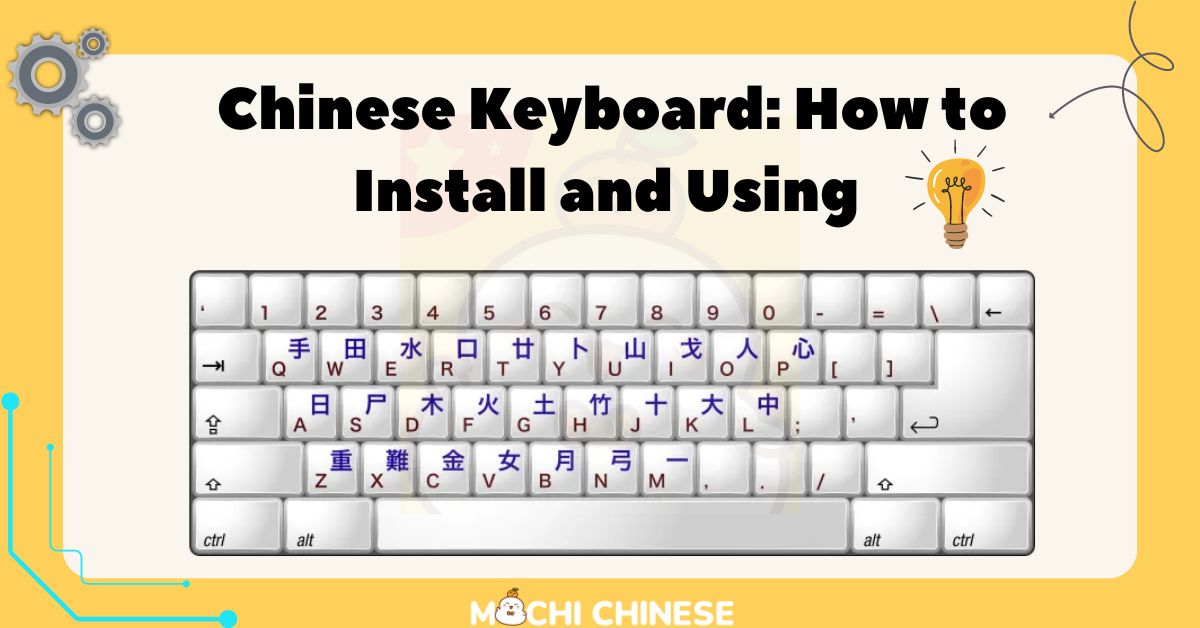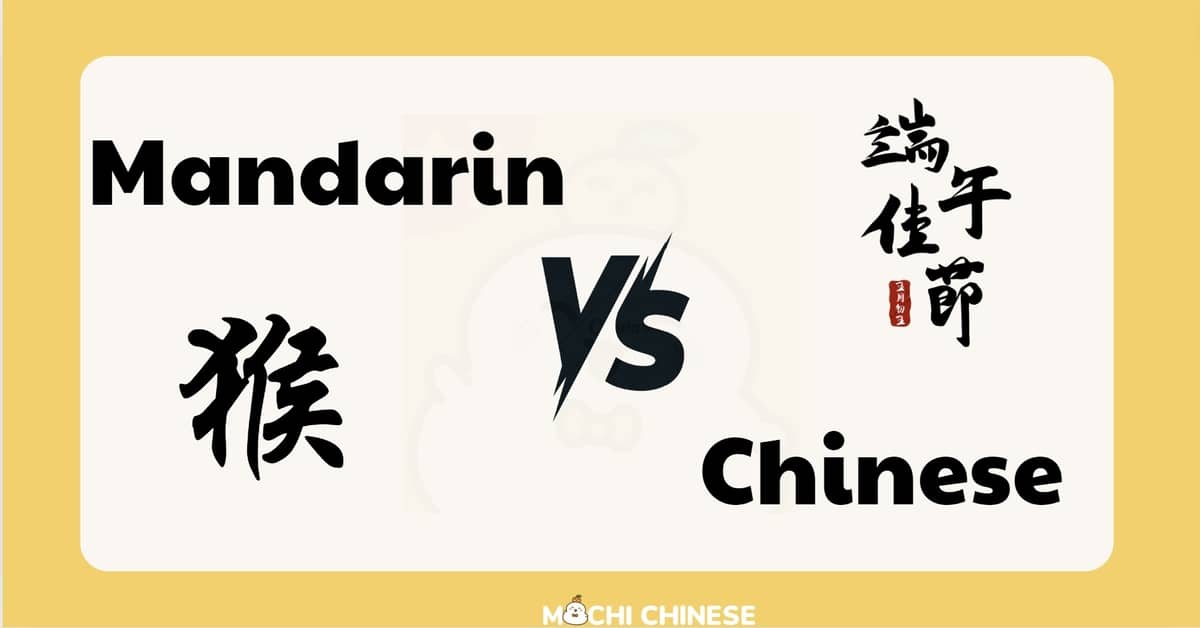The Importance of Greetings in Chinese Culture
Hello! If you’re starting your journey into the Chinese language, mastering greetings is the perfect first step. In Chinese culture, greetings are not just a way to start a conversation; they reflect respect, social hierarchy, and cultural nuances. So, let’s dive into the various ways you can say hello in Chinese, ensuring you feel comfortable and confident in any social situation.
Basic Greetings for All Situations
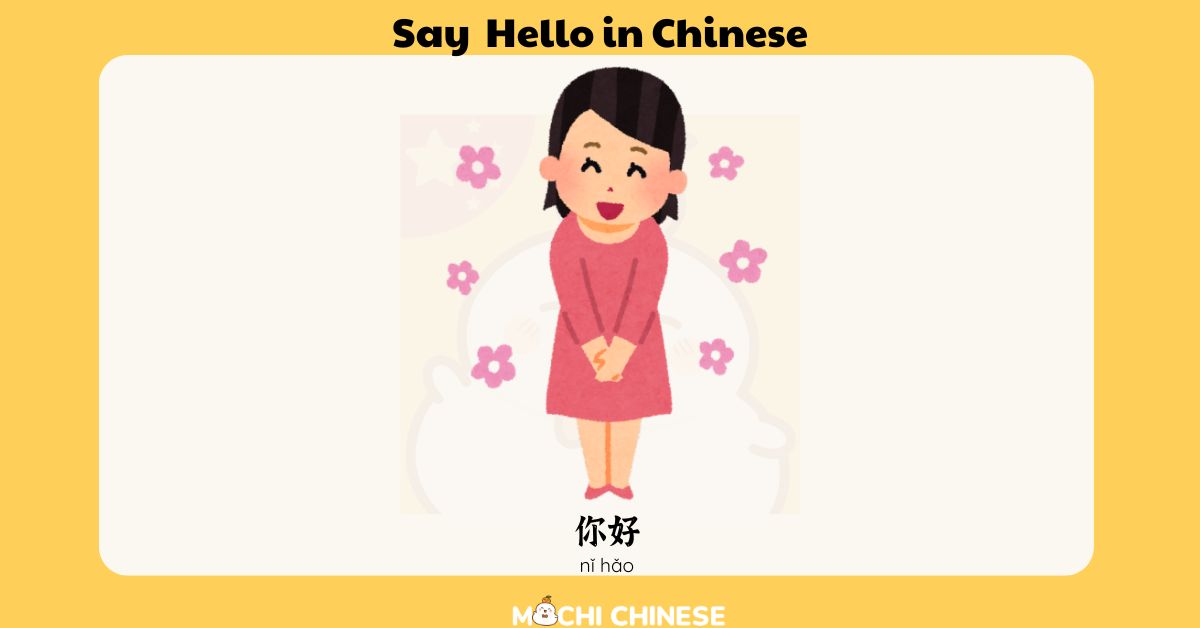
1. 你好 (Nǐ hǎo) – Hello
This is the bread and butter of Chinese greetings. Suitable for almost all occasions, 你好 (Nǐ hǎo) is your go-to phrase. It’s akin to the English “hello” and is universally polite and neutral.
2. 您好 (Nín hǎo) – Hello (formal)
When addressing someone older or in a position of respect, switch to 您好 (Nín hǎo). It’s the more formal version of 你好, used to show a higher degree of respect. For example, when meeting your girlfriend’s or boyfriend’s parents, use 您好! It makes an impression!
3. 大家好 (Dàjiā hǎo) – Hello everyone
When you walk into a room or start a presentation, 大家好 (Dàjiā hǎo) helps you greet multiple people at once. It’s friendly and inclusive, perfect for addressing groups or audiences.
Informal Greetings Among Friends
4. 嘿 (Hēi) – Hey
For a casual, laid-back greeting among close friends, 嘿 (Hēi) mirrors the casual ‘hey’ in English. You can use it when bumping into friends around town.
5. 你好吗? (Nǐ hǎo ma?) – How are you?
Following up a hello with 你好吗? is common among friends. It shows genuine interest in the other person’s well-being. However, it’s often just a polite gesture rather than a question expecting a detailed response.
6. 最近怎么样? (Zuìjìn zěnme yàng?) – How have you been recently?
This question goes a bit deeper, suitable for friends you haven’t seen in a while. It’s a way to catch up and shows that you care about what’s been happening in their lives.
Greetings Based on the Time of Day
7. 早上好 (Zǎoshang hǎo) – Good morning
Use this greeting from dawn until about 10 am. It’s a cheerful way to wish someone a good start to the day.
8. 下午好 (Xiàwǔ hǎo) – Good afternoon
From noon until early evening, 下午好 is your greeting. It’s great for a post-lunch meetup or an afternoon class.
9. 晚上好 (Wǎnshang hǎo) – Good evening
Once the clock hits 6 PM, switch to 晚上好. It’s perfect for evening gatherings and dinners.
Professional and Business Settings
10. 您好,很高兴见到您 (Nín hǎo, hěn gāoxìng jiàn dào nín) – Hello, nice to meet you
In professional settings, adding 很高兴见到您 (hěn gāoxìng jiàn dào nín) after 您好 elevates your greeting. It translates to “Hello, I am very pleased to meet you,” and is ideal for first-time meetings in a business context.
Additional Tips for Greeting in Chinese
Regional Variations
It’s fascinating how greetings can vary significantly across different Chinese-speaking regions. For instance, in Taiwan, you might hear 大家好 used more liberally, even in somewhat formal settings.
Tone and Body Language
Getting the tone right is not just about pronunciation. It’s about conveying the right attitude. A smile and a slight nod can go a long way in making your greetings feel warm and sincere.

Practicing Chinese Greetings
With these ten phrases in your language toolkit, you’re ready to navigate a wide range of social situations in Chinese. Practice them actively and try to use them in appropriate contexts whether you’re in a language class, chatting online, or lucky enough to be in a Chinese-speaking region.

Expand your Chinese vocabulary
In addition to mastering common greetings in Chinese, to improve your communication skills, you should build a strong vocabulary for yourself. You can explore additional basic Chinese vocabulary or vocabulary organized by levels from HSK 1 to HSK 6.
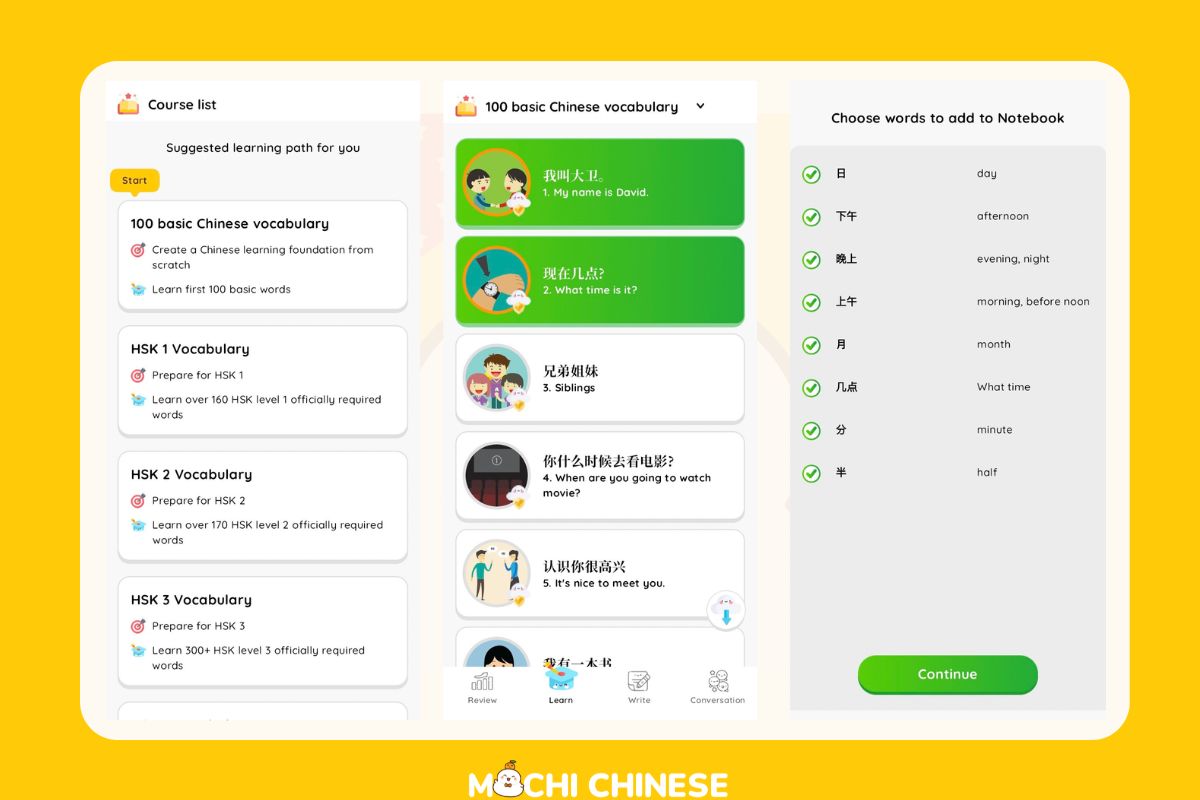
For Chinese learners looking to effectively boost vocabulary retention, I highly recommend exploring tools like Mochi Chinese. This app utilizes the spaced repetition system (SRS), which is scientifically proven to improve long-term memory retention. Mochi Chinese smartly schedules review sessions based on how well you know each word, reminding you to ensure that vocabulary is revisited at optimal intervals.
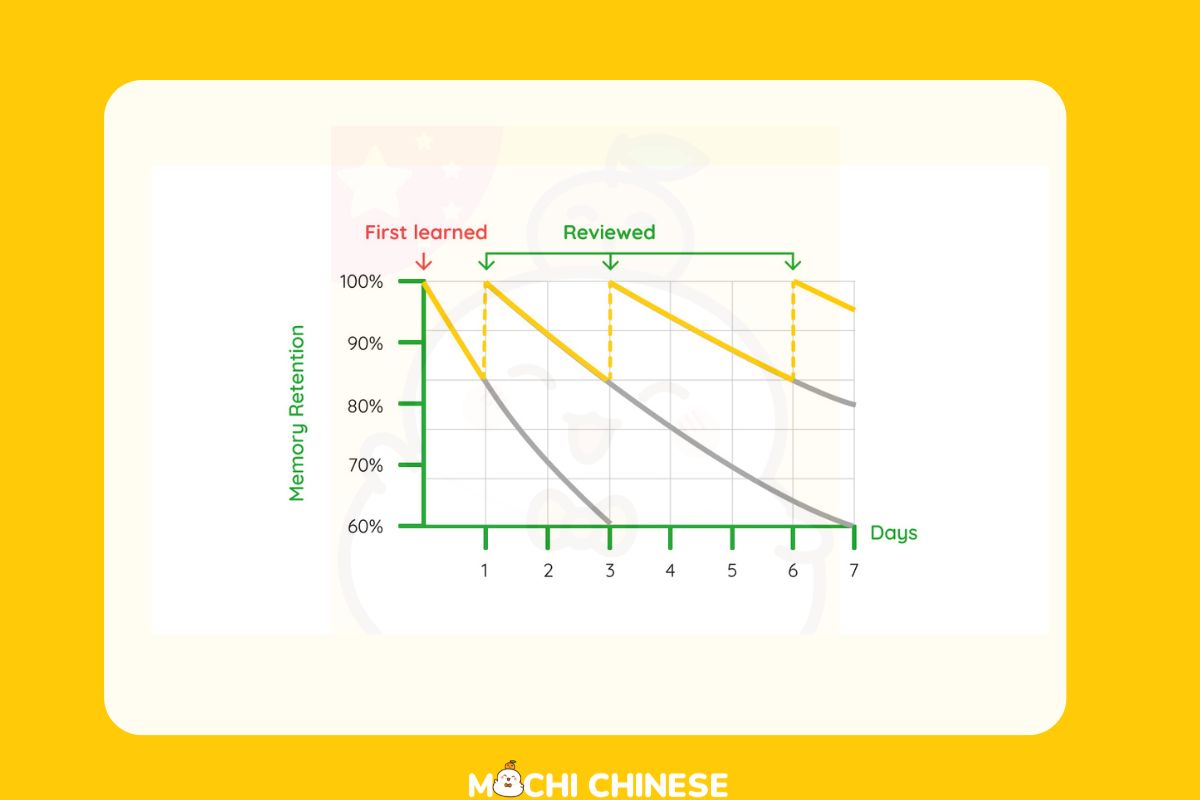
This method is highly effective for building a durable vocabulary foundation, which is essential for language proficiency. The app includes interactive flashcards, quiz games and writing character guidelines, which is engaging to the learning process. These learning methods are particularly beneficial for keeping learners motivated and engaged, which is often one of the biggest challenges in the learning path.
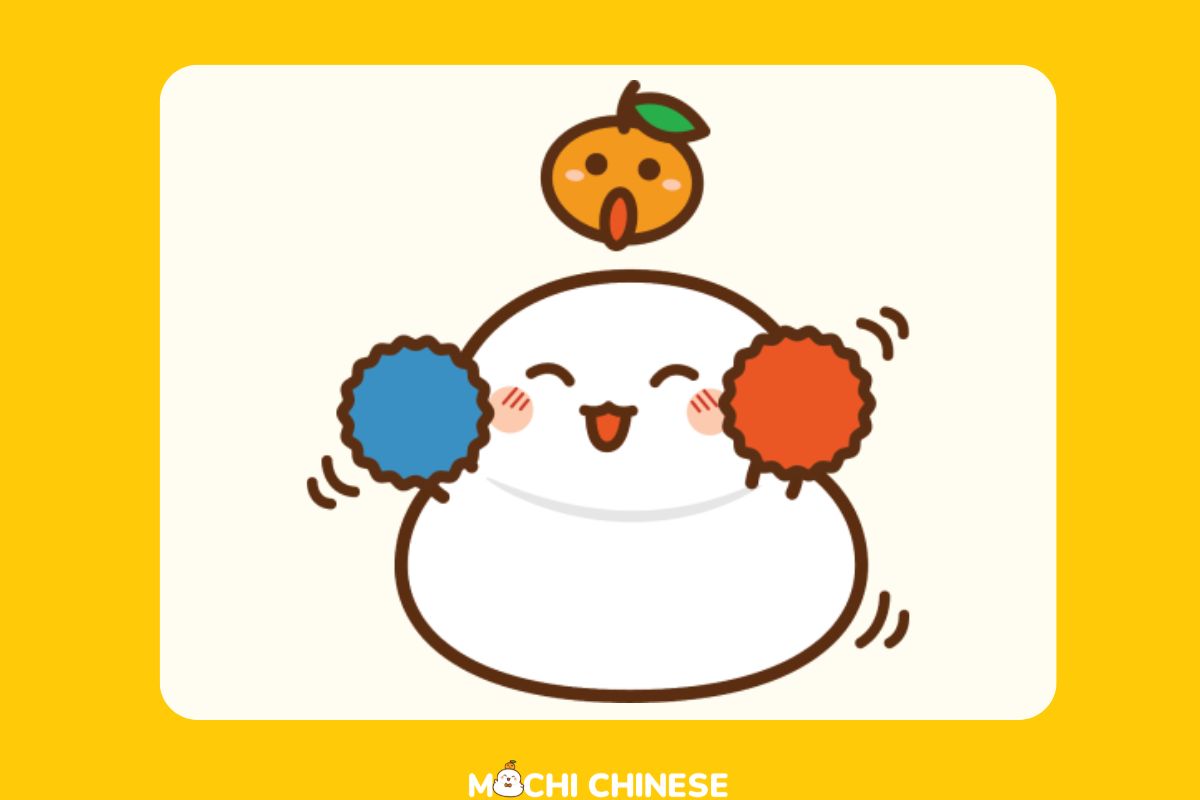
This guide aims to be not just informative but also encouraging, illustrating that the journey of learning Chinese starts with a simple hello and opens up a world of cultural richness and interpersonal connection.

